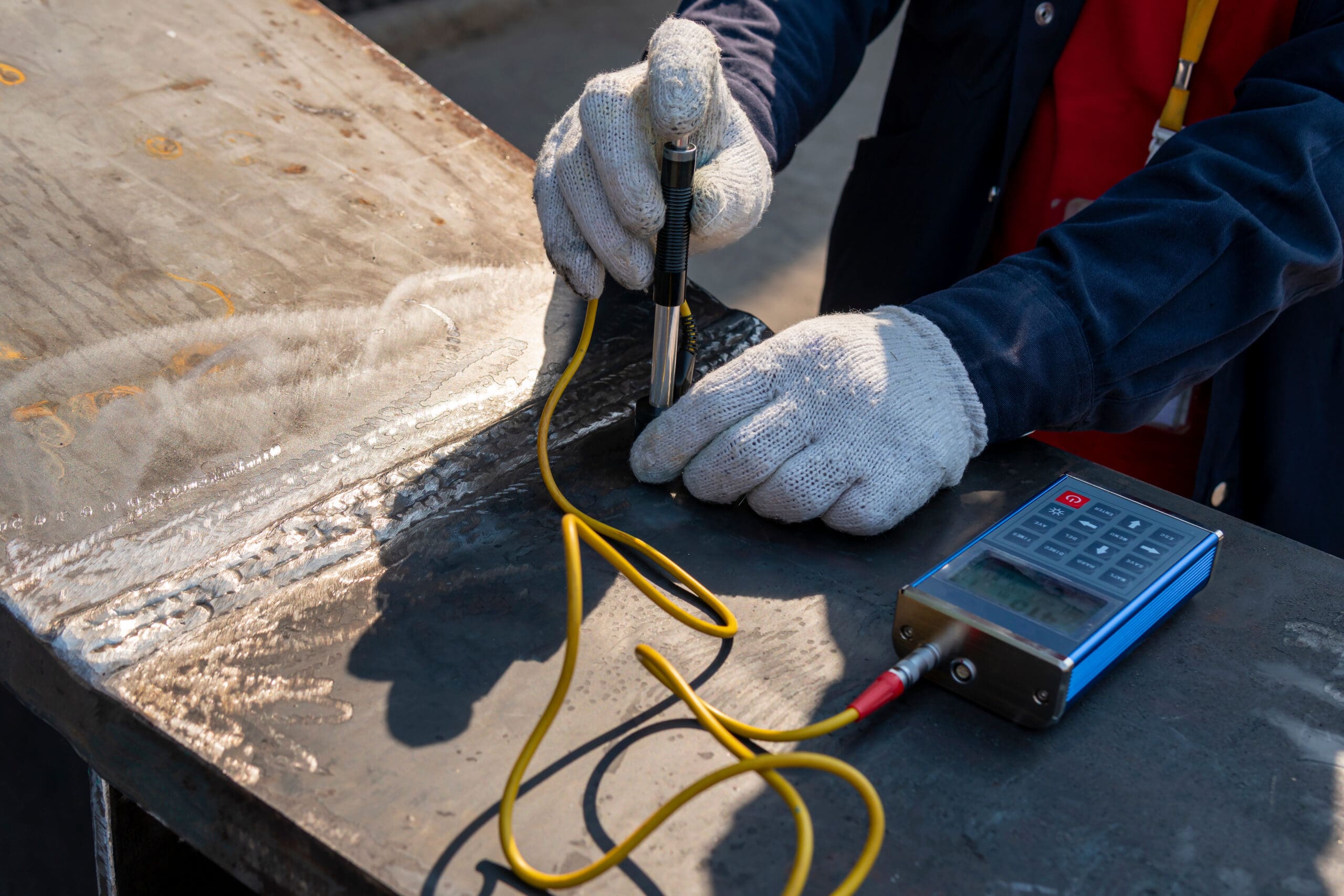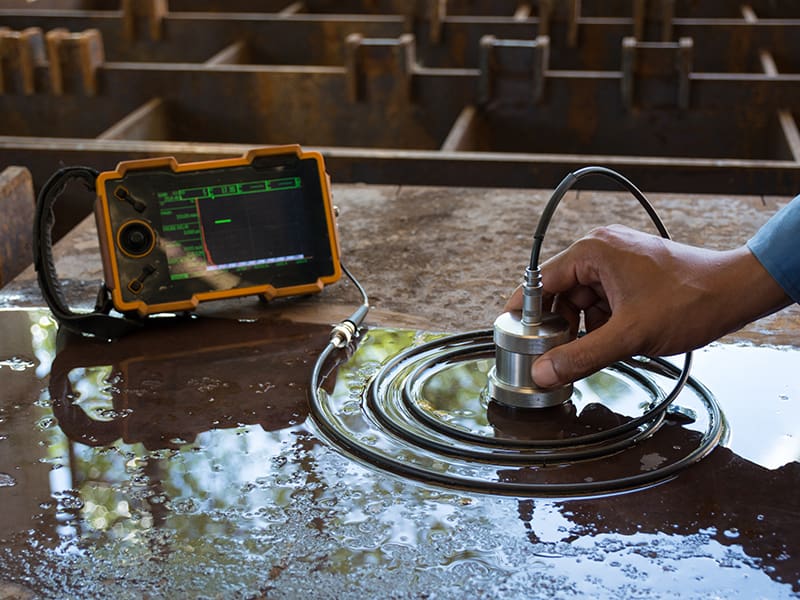Enhance Material Testing Lab Efficiency with Customized Lab Management Solutions
LabLynx empowers material testing labs to excel with precision and reliability, offering tailored solutions that streamline workflows, ensure data accuracy, and support regulatory compliance, so your lab can consistently deliver high-quality, trusted results across every project.


Material Testing LIMS Designed for Precision, Compliance, and Flexibility
Material testing labs operate in a demanding environment, where precision, reliability, and regulatory compliance are critical. LabLynx Material Testing LIMS is specifically designed to address these needs, featuring built-in compliance tools and adaptable workflows that align with your lab’s unique processes. From metals and polymers to ceramics and composites, our LIMS solution ensures accurate data management, seamless regulatory adherence, and streamlined processes to help your lab maintain the highest standards across every test.
With LabLynx, material testing labs gain a powerful, all-in-one solution that simplifies data handling, automates reporting, and enables real-time insights for informed decision-making. Our Material Testing LIMS provides unparalleled flexibility and compliance support, empowering your lab to stay efficient, consistent, and compliant as you deliver trusted results and drive advancements in material quality and performance testing.

Don’t let a one-size-fits-all solution hold your lab back—discover how our customizable LIMS can transform your operations.
Essential Lab Management Features for Material Testing Labs
LabLynx Material Testing LIMS offers specialized tools to help material testing labs maintain precision, compliance, and efficiency. From sample management to quality control, each feature is designed to streamline lab operations and support reliable, high-quality testing across metals, polymers, ceramics, and more. Explore these essential features to see how LabLynx can elevate your lab’s performance and simplify your workflow.
Compliance & Regulatory Support
Automated Compliance Tracking
LabLynx Material Testing LIMS ensures your lab stays audit-ready with automated compliance tracking for regulatory standards, making it easy to meet industry requirements.
Chain of Custody Management
Maintain full traceability and sample integrity with LabLynx’s chain of custody features, logging every movement from intake to final reporting.
Customizable Regulatory Reporting
Create reports that align with specific regulatory standards quickly and accurately with LabLynx’s customizable templates, reducing reporting time and improving compliance.
Sample Management & Tracking
End-to-End Sample Tracking
LabLynx provides comprehensive sample tracking, ensuring full visibility from sample intake to test results, reducing errors and enhancing accountability.
Barcode Labeling for Precise Identification
Streamline sample handling with barcode labeling, reducing manual errors and ensuring precise tracking of every sample in your material testing workflows.
Real-Time Sample Status Updates
Get instant access to sample status at every stage with LabLynx’s real-time tracking, improving workflow transparency and processing speed.
Data Management & Reporting
Centralized Data Storage
Keep all testing data organized, accessible, and secure with LabLynx’s centralized data repository, built to handle complex data from diverse material testing processes.
Automated Report Generation
LabLynx Material Testing LIMS automates report generation, producing accurate, standardized reports that meet client and regulatory expectations.
Data Security & Integrity
Protect sensitive testing data with LabLynx’s advanced security protocols, ensuring data remains accurate and compliant with industry standards.
Workflow Optimization
Automated Task Scheduling
Enhance productivity with LabLynx’s automated task scheduling, assigning and tracking tasks across the lab to streamline sample processing and testing workflows.
Customizable Workflows
Tailor workflows to fit your lab’s specific needs with LabLynx’s flexible configuration options, minimizing bottlenecks and improving operational efficiency.
Real-Time Performance Metrics
Monitor lab performance in real time with LabLynx’s dashboard, providing insights to identify and optimize key areas in your testing process.
Discover How LabLynx Boosts Your Material Testing Lab’s Performance and Efficiency
"*" indicates required fields
LabLynx LIMS Suite for Material Testing Labs

Ready to enhance testing precision, simplify compliance, and streamline operations? Explore how the LabLynx LIMS Suite is purpose-built to power material testing labs with confidence.

